Earth Matters: Do plants know math? Three Valley plants share a surprising secret
| Published: 03-26-2025 11:54 AM |
Asparagus, strawberries and sunflowers are, to my mind, three of the best reasons to live in western Massachusetts.
It won’t be long now before the first asparagus spears, those fertility symbols that usher in our dazzling farm produce season, poke out of the ground. To pose a riddle, what cool characteristic do these three plants have in common, one you might not notice unless you look quite closely?
Your first guess might be that asparagus, strawberries and sunflowers are all edible plants. True — but hardly a secret! They’re also plants that bring me — and perhaps you as well — much joy.
In 1997, I planted asparagus in our yard in Sunderland, and although our total annual harvest is only a dozen spears, they make me deliriously happy. I don’t even mind when, as Marcel Proust delicately put it, the spears play their trick of “transforming my chamber pot into a vase of aromatic perfume.”
As for strawberries, my favorites are grown by Warner Farm, whose David Wissemann jokes on Instagram that after 10 generations of farming the Valley, “we’ve almost figured out what we’re doing.” I toss their beautiful berries with a splash of black currant liqueur, making a ruby-red and happy dessert.
And when I need a late-summer fix of sunny yellow cheer, I head to Granby, where Red Fire Farm plants a Sunflower Spiral pathway (which is a hint to the riddle’s answer, by the way). As Vladimir Nabokov wrote, “when I went out to work today and looked a tall sunflower in the face, it smiled at me with all of its seeds.” (Another hint!)
So what else do asparagus, strawberries and sunflowers have in common? Well, fortunately for us here in the Valley, all can be found growing in the fertile soils of permanently conserved farmland.
When our microcrop of asparagus peters out, I head to D. A. Smiarowski Farms, whose roadside stand in Sunderland offers some of the most delectable spears around. Like lots of farmland in our region, their 175 acres in Sunderland and Montague are permanently protected through the state’s Agricultural Preservation Restriction (APR) program. Warner Farm’s strawberry fields are also “forever farmland,” as is Red Fire Farm with its Sunflower Spiral, which Kestrel Land Trust helped to conserve in 2018.
Article continues after...
Yesterday's Most Read Articles
 Northampton Housing Authority boss placed on leave
Northampton Housing Authority boss placed on leave
 NCAA Div. 1 Men’s Ice Hockey: UMass stuns Minnesota 5-4 in OT, advances to regional final
NCAA Div. 1 Men’s Ice Hockey: UMass stuns Minnesota 5-4 in OT, advances to regional final
 UMass Men’s Basketball: Three Minutemen enter transfer portal
UMass Men’s Basketball: Three Minutemen enter transfer portal
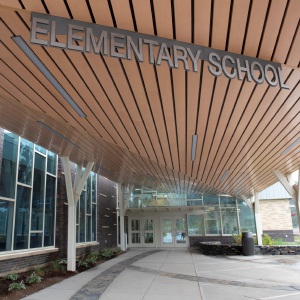 Easthampton schools adopt $22.8M budget with no layoffs; enrollment decline, student needs a concern
Easthampton schools adopt $22.8M budget with no layoffs; enrollment decline, student needs a concern
 Area property deed transfers, March 28
Area property deed transfers, March 28
 Fire ravages Lincoln Street home in Holyoke
Fire ravages Lincoln Street home in Holyoke
But let’s return to our riddle.
Clearly, I already loved these three plants long before I met one of the coauthors of my latest book, “Do Plants Know Math?” It was Christophe Golé, a mathematician at Smith College, who opened my eyes to their complexities, and especially to their seeds — and thus, their secret. The surprising characteristic that asparagus, strawberries and sunflowers all display? Spirals.
Look closely at the seeds of a sunflower head, and you’ll see they grow in beautiful spirals, both clockwise and counter-clockwise. When you count the number of spirals, you usually get very specific numbers, typically 34 in one direction and 55 in the other. A large sunflower might even have 89 spirals in one direction, and 144 in the other.
Remarkably enough, all of these numbers fit the famous Fibonacci sequence — obtained by adding the two previous numbers to get the next one — beginning one, one, two, three, five, eight, 13, 21, 34, 55, 89 ... These numbers are surprisingly prevalent in plants, appearing in pineapples, pinecones, succulents, artichokes, Romanesco broccoli and many more.
In “Do Plants Know Math?” we four coauthors share the stories of how scientists have tried to explain why plants display these particular numbers. Leonardo da Vinci first categorized plant structures in the 15th century, noting four different ways that leaves are aligned on stems. Nearly 500 years later, another Renaissance man — mathematician Alan Turing — used the earliest computers to analyze chemical instabilities where new plant organs might form.
Returning to asparagus, the spirals are subtle, as the buds at the tip are quite small. But if you look closely, you’ll often find two spirals in one direction and three in the other — once again, Fibonacci numbers!
For strawberries, the situation is more complicated. Their tiny seeds do grow in spirals, but not in regular Fibonacci patterns: if you try to trace the spirals, you will find many dead ends. In “Do Plants Know Math?” their patterns are called “quasi-symmetric.” The formation of these patterns is explained by my co-author, Golé, who had a eureka moment when he saw the way quasi-symmetric patterns are encoded in zigzags as the plant grows.
If I have whetted your appetite to learn more about plants and their spirals, I encourage you to dive into our book, where you will discover a scientifically sophisticated and eye-opening way to appreciate our delicious Valley produce, before you eat it!
Nancy Pick serves on the Sunderland Conservation Commission and on the board of Kestrel Land Trust. She is a coauthor of “Do Plants Know Math?: Unwinding the Story of Plant Spirals, from Leonardo da Vinci to Now” (Princeton University Press), along with physicist Stéphane Douady, biologist Jacques Dumais and mathematician Christophe Golé.
Earth Matters has been a project of the Hitchcock Center for the Environment for 15 years. HCE’s mission is to educate and to inspire action for a healthy planet. Our Living Building and trails are open to all at 845 West St. in Amherst. To learn more, visit hitchcockcenter.org.

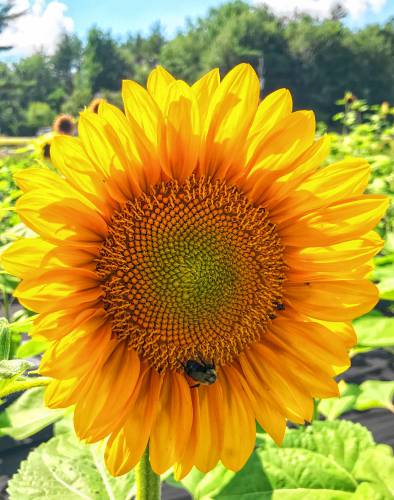
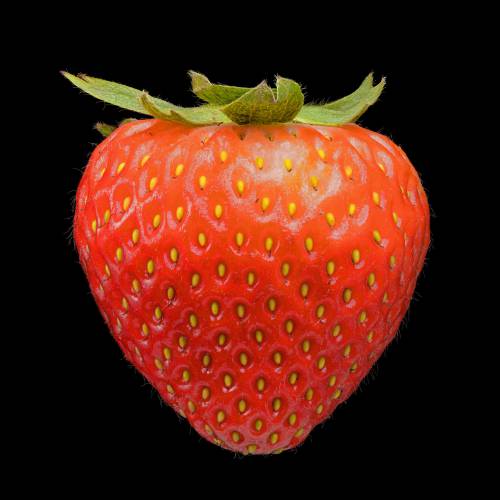





 Historic speech echoes two centuries later: ‘A Light Under the Dome’ recalls the first American woman to speak to a legislative body
Historic speech echoes two centuries later: ‘A Light Under the Dome’ recalls the first American woman to speak to a legislative body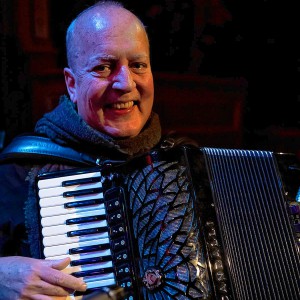 ‘His notes will linger forever’: Remembering Young@Heart accordionist and Springfield College professor Chris Haynes
‘His notes will linger forever’: Remembering Young@Heart accordionist and Springfield College professor Chris Haynes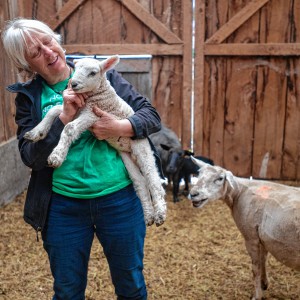 Valley Bounty: And on that farm she had a bit of everything: Little Brook Farm in Sunderland is a labor of love for farmer Kristen Whittle
Valley Bounty: And on that farm she had a bit of everything: Little Brook Farm in Sunderland is a labor of love for farmer Kristen Whittle Women’s history told through clothing: Shelburne Falls Area Women’s Club to host ‘Real Clothes, Real Lives: 200 Years of What Women Wore’ author, April 9
Women’s history told through clothing: Shelburne Falls Area Women’s Club to host ‘Real Clothes, Real Lives: 200 Years of What Women Wore’ author, April 9
